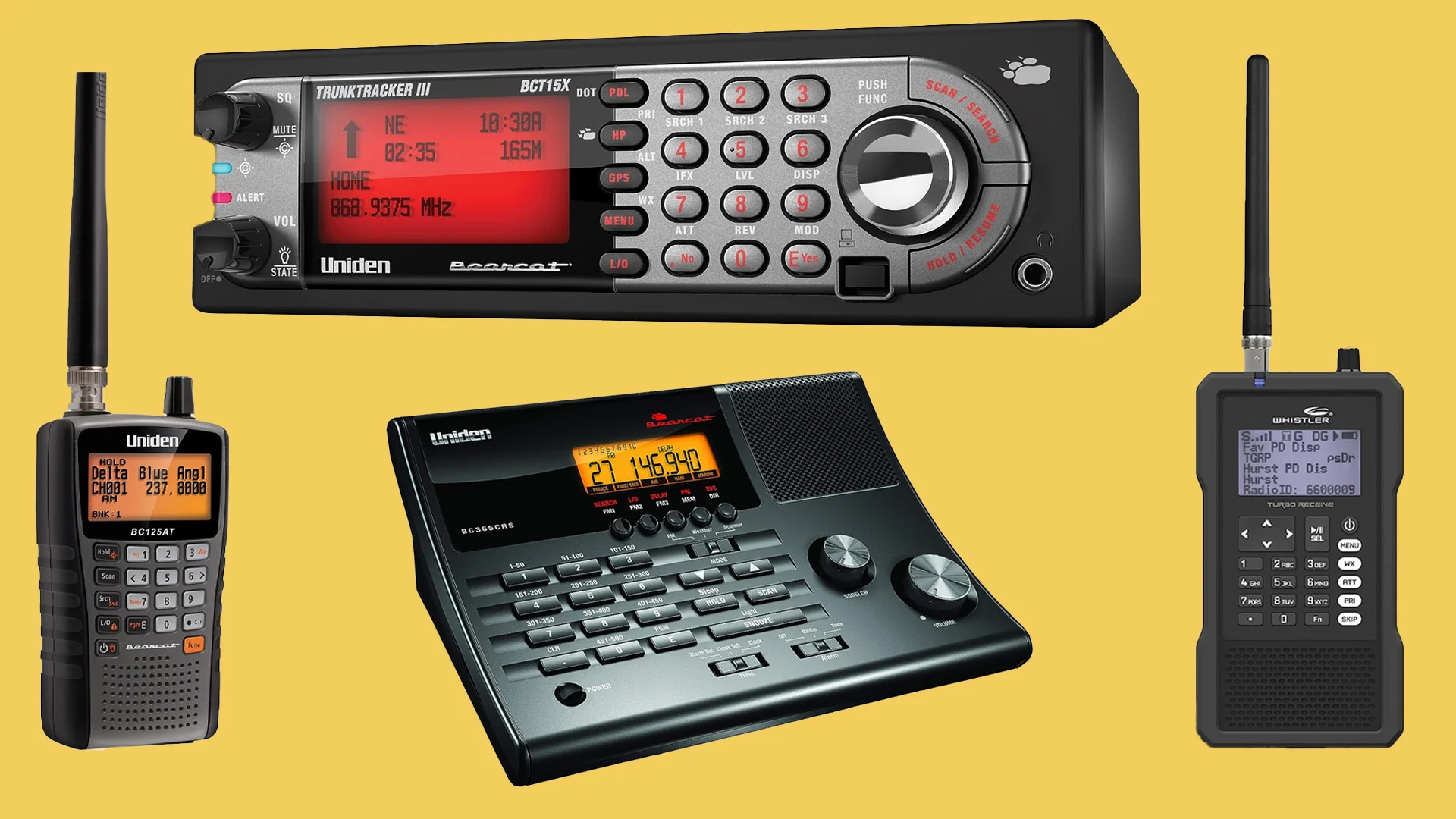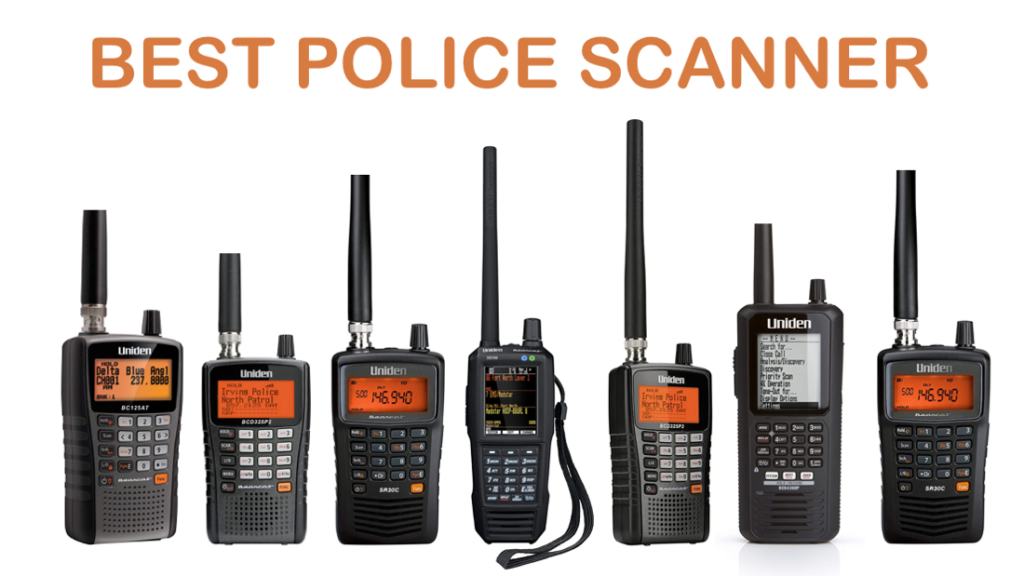How Do You Use A Police Scanner

The air crackles with anticipation, a low hum emanating from the small, handheld device. Static dances in the speaker, punctuated by bursts of clipped voices and coded messages. It’s a symphony of the city, a behind-the-scenes glimpse into the everyday dramas unfolding just beyond our awareness. This is the world of the police scanner, a tool that connects you to the pulse of your community.
This article explores how to use a police scanner effectively and responsibly. We will navigate the technology, the regulations, and the ethical considerations involved. By the end, you'll understand how to access real-time information and stay informed about your local area.
A Brief History of Listening In
The concept of monitoring radio frequencies dates back to the early days of radio communication itself. As law enforcement agencies began utilizing radio technology, so too did curious citizens seek to listen in. Early scanners were bulky and expensive, primarily used by journalists and dedicated hobbyists.
However, technological advancements gradually made scanners more accessible and affordable. The introduction of programmable scanners allowed users to quickly scan through numerous frequencies. This opened up the world of radio monitoring to a wider audience.
The advent of digital technology brought about further changes. Digital scanners could decipher more complex communication protocols used by modern law enforcement and emergency services. Today, smartphone apps and online streaming services offer convenient alternatives to traditional scanners.
Understanding the Technology
At its core, a police scanner is a radio receiver. It is designed to automatically scan or "sweep" across a range of radio frequencies. When the scanner detects a signal on a frequency, it stops scanning and allows you to listen to the transmission.
Different types of scanners exist, each with its own set of features and capabilities. Analog scanners are the simplest and least expensive. They can receive traditional analog radio signals. Digital scanners, on the other hand, can decode digital signals. These are used by many modern law enforcement agencies.
Then there are software-defined radios (SDRs). These are highly versatile devices that can be programmed to receive a wide range of frequencies and signal types. SDRs often require a computer and specialized software to operate.
Choosing the Right Scanner
Selecting the right scanner depends on your specific needs and budget. Consider the types of agencies you want to monitor. Determine whether they use analog or digital communication technologies. Also, research local regulations regarding scanner use.
For beginners, an analog scanner might be a good starting point. It allows you to familiarize yourself with the basics of radio monitoring. More experienced users might prefer a digital scanner or an SDR for greater flexibility and coverage.
Don't forget to consider portability. Handheld scanners are convenient for mobile use, while base station scanners are designed for stationary operation.
Programming Your Scanner
Programming a police scanner involves entering the frequencies of the agencies you want to monitor. This can be done manually using the scanner's keypad. Alternatively, you can use programming software on a computer to upload frequency data.
Frequency information is usually available online from various sources. Websites like RadioReference.com maintain comprehensive databases of radio frequencies. These databases are organized by location and agency type.
Programming can seem daunting at first, but many scanners offer features to simplify the process. Some scanners can automatically scan for active frequencies. Others can import frequency data directly from a computer.
Ethical Considerations and Legal Boundaries
While owning and operating a police scanner is generally legal, it's crucial to understand the ethical and legal implications. In many jurisdictions, it is illegal to use scanner information to commit a crime. It is also illegal to interfere with law enforcement operations.
Some states have laws restricting the use of scanners in vehicles or during the commission of a crime. Be sure to check your local and state laws before using a police scanner. It's your responsibility to ensure that you are in compliance with all applicable regulations.
Beyond legal considerations, there are also ethical considerations to keep in mind. It is generally considered unethical to share sensitive information obtained from a scanner. For example, the identities of victims or the details of ongoing investigations should not be publicized.
Respecting the privacy of individuals and the integrity of law enforcement operations is paramount. The Federal Communications Commission (FCC) also has regulations regarding radio transmissions, and although listening is often unrestricted, transmitting without a license is a violation.
Beyond the Scanner: Online Resources
In addition to traditional scanners, numerous online resources offer access to live audio feeds of police and emergency services. Websites like Broadcastify provide streaming audio from scanners around the world. They often use volunteers to set up and maintain the feeds.
Smartphone apps such as Scanner Radio allow you to listen to scanner feeds on your mobile device. These apps offer a convenient way to stay informed while you are on the go. However, the availability and reliability of these feeds may vary.
Some law enforcement agencies even provide their own online communication channels. These channels offer a more controlled and official source of information. Always be sure to verify the source of any information you obtain online.
Tips for Effective Listening
Listening to a police scanner can be both informative and entertaining, but it requires patience and practice. Start by familiarizing yourself with the terminology and codes used by law enforcement agencies. Online resources and scanner manuals can provide helpful explanations.
Pay attention to the context of the transmissions. Consider the location, the time of day, and the type of agency involved. Over time, you'll develop a better understanding of the patterns and rhythms of police communication.
Be prepared to hear a lot of static and unintelligible chatter. Scanner communication can be noisy and fragmented. Don't be discouraged if you don't understand everything you hear. Focus on the key details and try to piece together the overall picture.
Remember that accuracy is not guaranteed. The information you hear on a scanner is often preliminary and subject to change. Always verify any critical information with official sources before taking action or sharing it with others.
The Scanner and the Community
Police scanners can play a valuable role in keeping communities informed and engaged. They provide a window into the work of law enforcement and emergency services. They allow citizens to stay abreast of local events and potential dangers.
However, it is important to use this information responsibly. Avoid spreading rumors or misinformation. Be respectful of the privacy and safety of others. Use your knowledge to contribute to a more informed and engaged community.
By using a scanner ethically and responsibly, you can become a more informed and engaged citizen. You can gain a deeper appreciation for the work of law enforcement and emergency services. You can contribute to a safer and more informed community.
The scanner hums quietly, a constant reminder of the world unfolding just beyond our immediate perception. It is a tool, a connection, a window into the heart of our community. Used wisely, it can be a powerful force for good.



![How Do You Use A Police Scanner Best Digital Police Scanner 2021 | Best Top Rated Police Scanner [Review]](https://www.truetop5review.com/wp-content/uploads/2019/09/Best-Digital-Police-Scanner2-1024x768.jpeg)














